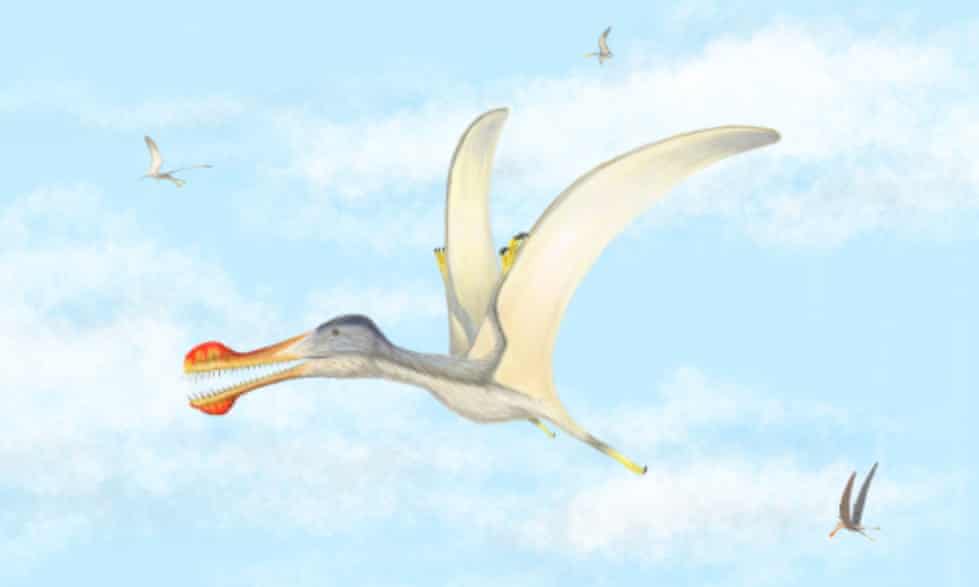Three new species of pterosaur discovered in the Sahara
Creatures had wingspans of three to four metres
Your support helps us to tell the story
From reproductive rights to climate change to Big Tech, The Independent is on the ground when the story is developing. Whether it's investigating the financials of Elon Musk's pro-Trump PAC or producing our latest documentary, 'The A Word', which shines a light on the American women fighting for reproductive rights, we know how important it is to parse out the facts from the messaging.
At such a critical moment in US history, we need reporters on the ground. Your donation allows us to keep sending journalists to speak to both sides of the story.
The Independent is trusted by Americans across the entire political spectrum. And unlike many other quality news outlets, we choose not to lock Americans out of our reporting and analysis with paywalls. We believe quality journalism should be available to everyone, paid for by those who can afford it.
Your support makes all the difference.Scientists have discovered three new species of pterosaurs that lived in the Sahara 100 million years ago.
Professor David Martill, a palaeontologist at the University of Portsmouth, made the discovery with a team of researchers from Morocco and the US.
The study, published in the journal Cretaceous Research, has revealed a community of pterosaurs that inhabited prehistoric Morocco.
A university spokesperson said: “The new finds show that African pterosaurs were quite similar to those found on other continents.
“These flying predators soared above a world dominated by predators, including crocodile-like hunters and carnivorous dinosaurs. Interestingly, herbivores such as sauropods and ornithischian dinosaurs are rare.
“Many of the predators, including the toothed pterosaurs, preyed on a superabundance of fish.”
Professor Martill said: “We are in a golden age for discovering pterodactyls. This year alone we have discovered three new species and we are only into March.”
The new pterosaurs – identified from chunks of jaws and teeth found in the middle cretaceous Kem Kem Beds of Morocco – had wingspans of three to four metres.

The spokesperson said: “These aerial fishers snatched up their prey while on the wing, using a murderous-looking set of large spike-like teeth that formed a highly effective tooth grab.
“Large pterosaurs such as these would have been able to forage over vast distances, similar to present-day birds such as condors and albatrosses.”
One of the species, anhanguera, was previously only known from Brazil.
Another, ornithocheirus, had until now only been found in England and middle Asia.
PA

Join our commenting forum
Join thought-provoking conversations, follow other Independent readers and see their replies
Comments